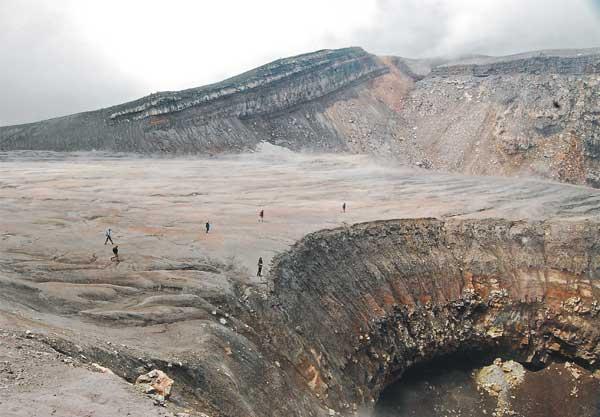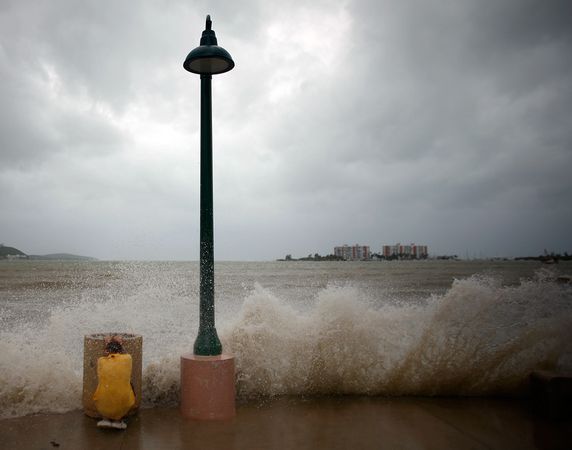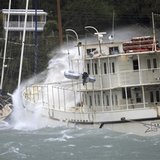
© AP Photo/Rob GriffithIn this Wednesday, May 21, 2008 file photo, a Tasmanian devil searches for food in his enclosure at Taronga Zoo in Sydney, Australia. The Tasmanian devil population has plummeted by 70 percent since Devil Facial Tumor Disease was first discovered in 1996.
A Tasmanian devil named Cedric, once thought to be immune to a contagious facial cancer threatening the iconic creatures with extinction, has been euthanized after succumbing to the disease, researchers said Wednesday.
The death of the devil - previously heralded as a possible key to saving the species - is another blow for scientists struggling to stop the rapid spread of the cancer, which is transmitted when the furry black marsupials bite each other.
"It was very disappointing indeed," said scientist Alex Kreiss of the Menzies Research Institute in Hobart, Tasmania, which has led the studies on Cedric. "It's just made us more determined to keep the research going."
The Tasmanian devil population has plummeted by 70 percent since Devil Facial Tumor Disease was first discovered in 1996. The snarling, fox-sized creatures - made famous by their
Looney Tunes cartoon namesake Taz - don't exist in the wild outside Tasmania, an island state south of the Australian mainland.
In 2007, Menzies researchers injected Cedric and his half brother Clinky with facial cancer cells. Clinky developed the disease, but Cedric showed an immune response and grew no tumors - giving researchers hope that he could help them create a vaccine.
But in late 2008, Cedric developed two small facial tumors after being injected with a different strain of the cancer, which causes grotesque facial growths that eventually grow so large, it becomes impossible for the devils to eat. Current estimates suggest the species could be extinct within 25 years due to the prolific spread of the cancer.








